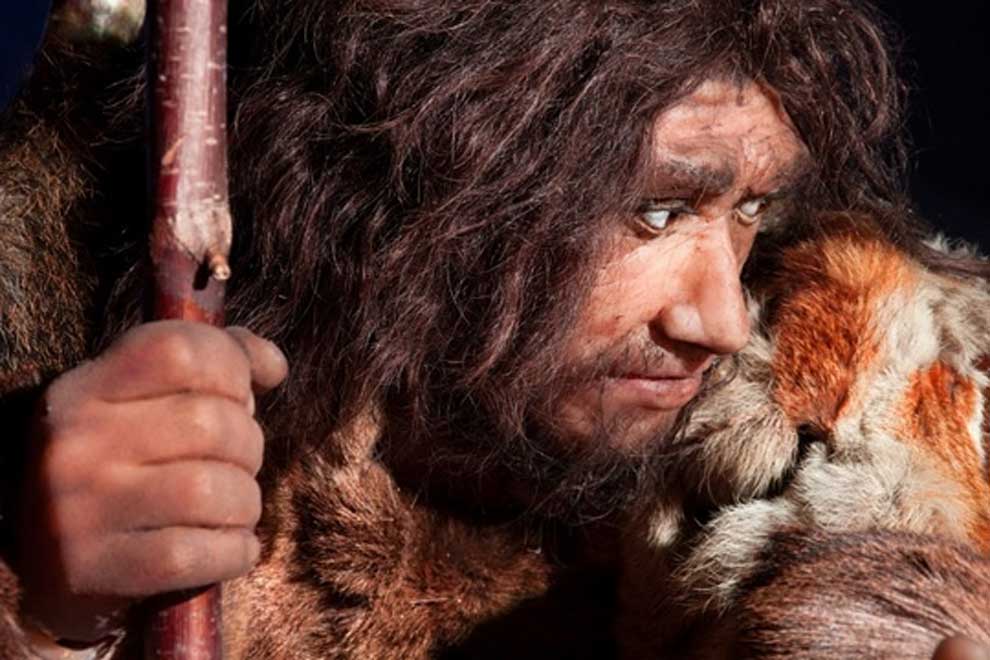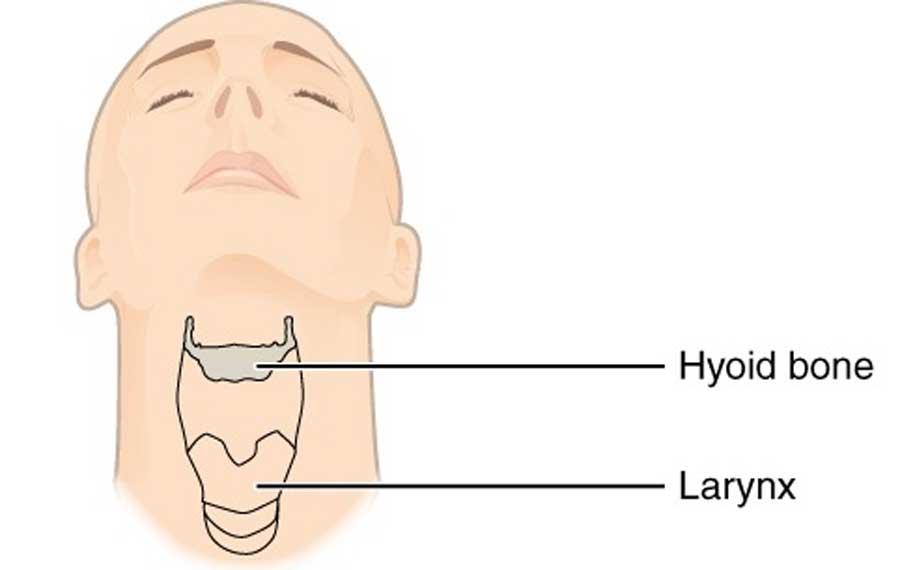
In Plain Sight, Our Neanderthal Ancestors
Left brain-right brain, intuitive-intellectual, patriarchy-matriarchy, make love-not war; is there a reason humankind seems so bi-polar? Maybe there is and the answer might be surprising. Of all the racially bigoted stereotypes that have made their way into public consciousness, none are more incorrect and odious than those attributed to the ancient race of humans called Neanderthal. The use of the phrase ‘race of humans’ is deliberate. If people all over today’s world carry at least two per cent or more Neanderthal DNA in their genes, then Neanderthals were not our ‘cousins’, nor were they ‘a branch of the human tree’ - they were our early ancestors. If we carry their genes, they did not disappear. Their stay on earth was a lot longer than ours has been so far, and they did not become extinct. They became us.

Neanderthal stereotyped (Fotolia)
Removing the Grunt
Neanderthals were not Alley-Oop, cartoon-like, ignorant, dumb, hairy creatures who walked heavily and carried big sticks. They made jewelry and specialized tools. They buried their dead with dignity, conducting funerals with flowers and memorabilia, just as we do today. They believed in an afterlife. They used makeup similar to what is found in every medicine cabinet in the so-called civilized world of today, but theirs was made of ocher and other natural pigments. They produced art which evidenced ‘symbolic thinking’ - the critical thought patterns needed to form a religious world-view. They did not grunt at each other. Modern studies done on Neanderthal remains prove they had vocal cords physically capable of speech patterns sufficient to produce and understand language. They probably had voices that were similar to people today who speak in raspy, high-pitched tones. Jon Mooallem, writing in the January 11, 2017 edition of the New York Times, went so far as to say they may have sounded a bit like Julia Childs.

No Neanderthal hyoid was found until 1983, when excavators discovered a well-preserved one on Neanderthal Kebara 2, Israel. (CC BY-SA 3.0)
Neanderthals manufactured a type of glue using birch bark that was heated to at least 644 degrees Fahrenheit. In a cave at the straits of Gibraltar they harvested the feathers of specific birds, using only dark ones, either for ceremonial or aesthetic purposes. They took down dangerous game, including an extinct species of rhinoceros that few today would want to challenge. But they also ate shellfish and drank chamomile tea. And then they used toothpicks to clean their teeth.
Musical Ancestors
To top it all off, they serenaded each other with music, their flutes tuned to what we call the pentatonic scale. In his book, The Singing Neanderthals: The Origins of Music, Language, Mind, and Body, Steven Mithen puts forth the theory that we are compelled to make music because we inherited the trait from our Neanderthal ancestors. Delving into archaeology, anthropology, psychology, neuroscience and musicology, he credits our fundamental need to express ourselves in song completely to the early merging of Cro-Magnon and Neanderthal. Without them there would have been no Willie Nelson or Ludwig van Beethoven. This is in direct contrast to anthropologists who dismiss music as a ‘functionless evolutionary byproduct’. Recent evidence even indicates that Neanderthals passed down to us the genes needed to fight off certain kinds of viral infections.
- What Really Happened to the Neanderthals?
- Musick Moves Inanimate by Magick Numbers and Persuasive Sound
- The Great American Origins Debate: Clovis First vs Pre-Clovis
The shocking thing about all these conclusions is that most of them are not the result of recent discoveries that previously eluded archaeologists. They came about by re-studying information that has been hiding in plain sight for years. The late Stan Gooch wrote about what he called the ‘Hybrid-Origin Theory’ as far back as 1972. In 1979 he synthesized his ideas in Guardians of the Ancient Wisdom.
Cro-Magnon Magic
His theory can be summed up like this: Cro-Magnon evolved from a pre-existing human species in northern India during a long, isolated period of gradual evolution. There the species developed sun worship and what Gooch called ‘hunting magic’. Theirs was a patriarchal culture, prone to competition and violence. Neanderthals evolved in Europe and the Middle East. They worshipped the moon and practiced earth magic, while slowly developing a matriarchal society led by strong women. They studied the night skies, and became astute astronomers.




